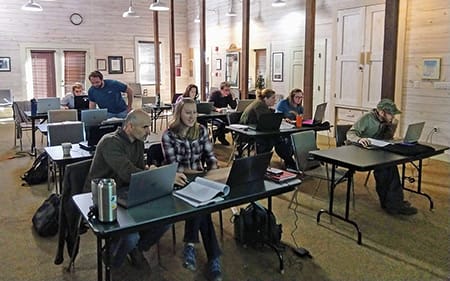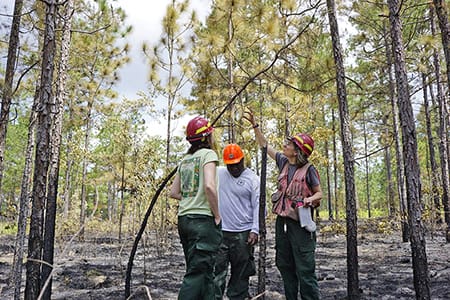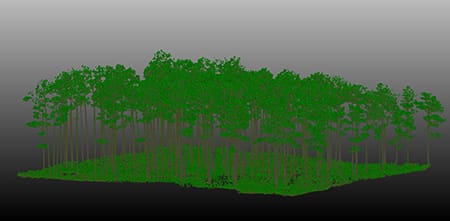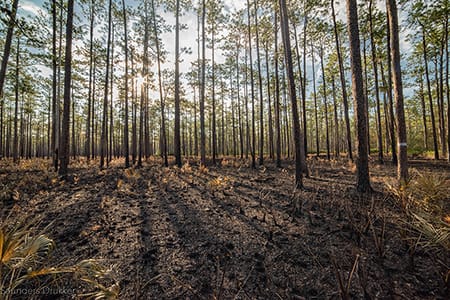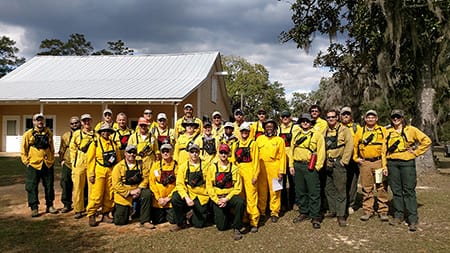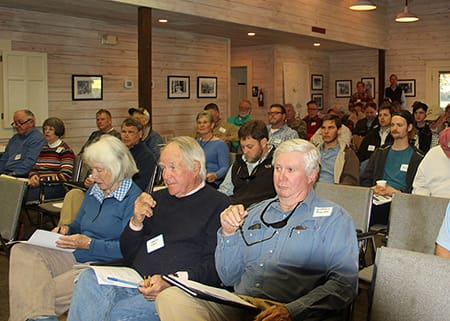The Black Rail is not the only secretive marsh species being studied by Tall Timbers as part of the NOAA Firebird Project.
The cryptically colored Yellow Rail is the second smallest rail species in North America and has mastered the art of elusion. Similar to the Black Rail, Yellow Rails rarely fly or vocalize, spending most of their time beneath thick wetland vegetation.
But unlike Black Rails, the related Yellow Rails are snowbirds and only spend winters in the southeast, migrating to the interior of Florida and the Gulf and Atlantic coasts as far north as North Carolina.
The Firebird project, funded by the NOAA RESTORE Science Act, is the first to include a focus on Yellow Rails in Florida.

The involvement of the Stoddard Bird Lab in the Firebird Project focuses attention on rails in Florida to provide critical information on distribution and habitat use.
During fieldwork this past winter, Tall Timbers researchers captured and banded 20 Yellow Rails.
When Yellow Rails were flushed, more often than not, they were in pairs or groups of three. It is unknown whether these birds may be related or partnered in any way. But, previous studies have indicated that Yellow Rails are gregarious in the winter and do hold territories, indicating potentially interesting relationships among individuals found in close proximity.
Across the Gulf Coast states that have been studied, interannually site fidelity – the chances of the same individual occupying the same area between years – is extremely low.
This is likely due to the ephemeral nature of the habitat they use. For example, coastal high marshes and pitcher plant bogs, two habitats used by Yellow Rails in the winter, require frequent fire application to prevent woody encroachment.
Some winters, these areas may have just been burned and are not grown back enough to support the birds’ desired vegetative cover. On the other end of the spectrum, if an area goes too long without a burn and becomes dominated by woody shrubs, Yellow Rails move on to more open, grassier habitats.
The sweet spot of optimal use likely differs among habitat types, and is something we’re investigating for coastal high marshes. Thus, every winter the birds are likely looking for habitat falling within that sweet spot rather than relying on returning to the same area.
Although the Yellow Rail is not federally listed, it is a species of conservation concern because of its restricted range and habitat loss. However, because they are so difficult to study, population estimates across the range are widely unknown, especially in the winter when birds rarely call.
In Florida, their distribution is very poorly understood.
The Firebird Project’s attention to rails in the state provides critical information on distribution, habitat use, and how the species responds to prescribed fire.
An exciting new discovery by a project partner in Texas was the use of a unique Yellow Rail call that successfully elicited responses in the winter. We hope to use this call on a larger scale starting next year to get a better idea of occupancy and abundance in our region. Additionally, we hope to continue surveys next winter and expand into new areas where Yellow Rail presence is currently unknown.
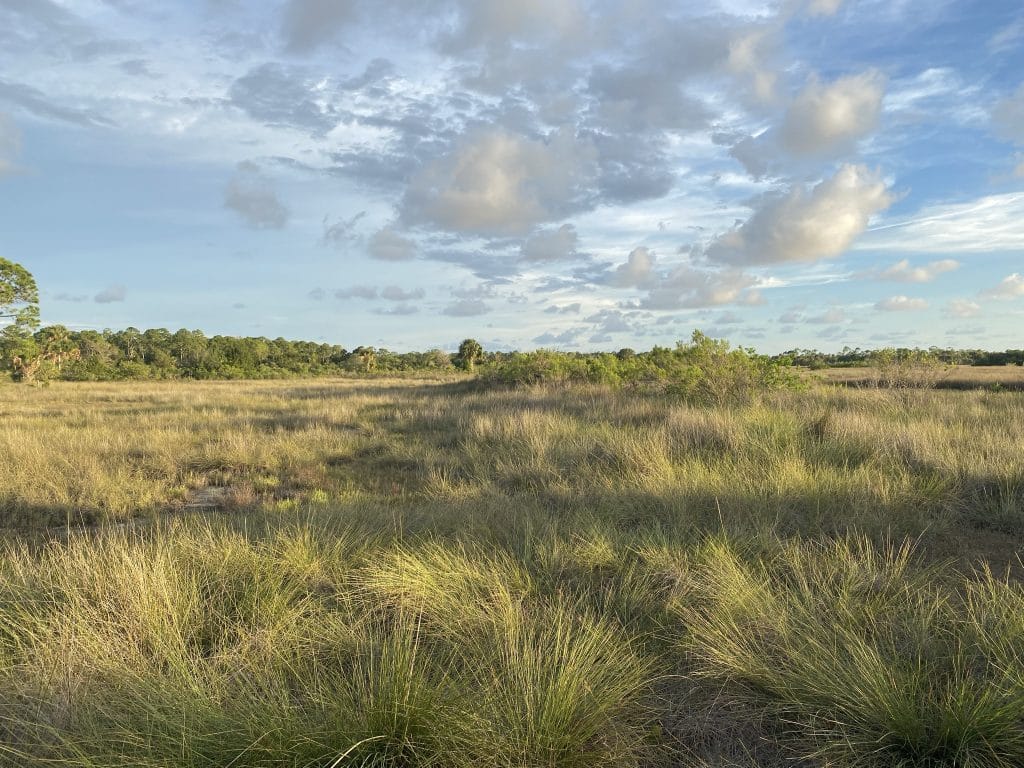
Tall Timbers researchers are investigating the link between fire and several rail species in the high coastal marsh of the Gulf Coast








